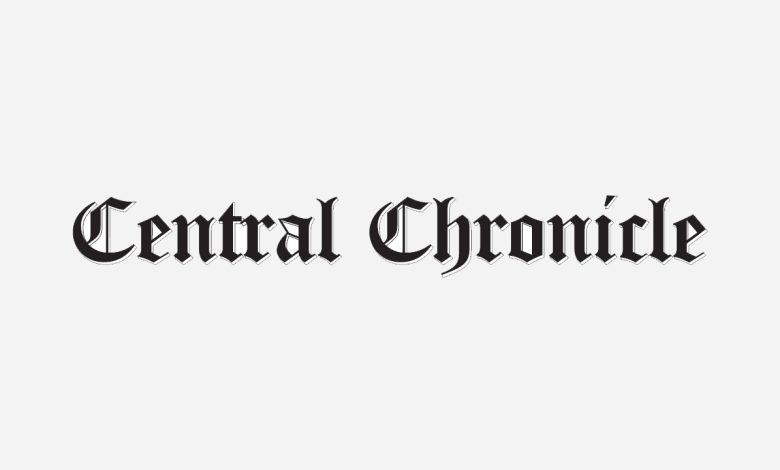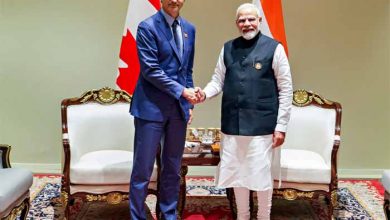Omicron brings COVID-19 vaccine inequity ‘home to roost’

London, Nov 30 (AP):
The emergence of the new omicron variant and the world’s desperate and likely futile attempts to keep it at bay are reminders of what scientists have warned for months: The coronavirus will thrive as long as vast parts of the world lack vaccines.
The hoarding of limited COVID-19 shots by rich countries creating virtual vaccine deserts in many poorer ones doesn’t just mean risk for the parts of the world seeing shortages; it threatens the entire globe. That’s because the more the disease spreads among unvaccinated populations, the more possibilities it has to mutate and potentially become more dangerous, prolonging the pandemic for everyone.
The virus is a ruthless opportunist, and the inequity that has characterised the global response has now come home to roost, said Dr Richard Hatchett, CEO of CEPI, one of the groups behind the UN-backed COVAX shot-sharing initiative.
Perhaps nowhere is the inequality more evident than in Africa, where under 7% of the population is vaccinated. South African scientists alerted the World Health Organisation to the new omicron variant last week, though it may never be clear where it first originated. Researchers are now rushing to determine whether it is more infectious or able to evade current vaccines.
COVAX was supposed to avoid such inequality but instead the initiative is woefully short of shots and has already abandoned its initial goal of 2 billion doses.
Even to reach its scaled-back target of distributing 1.4 billion doses by the end of 2021, it must ship more than 25 million doses every day. Instead, it has averaged just over 4 million a day since the beginning of October, with some days dipping below 1 million, according to an Associated Press analysis of the shipments. Shipments in recent days have ramped up, but nowhere near the amount needed.
Meanwhile, richer nations often have a glut of shots, and many are now offering boosters something the WHO has discouraged because every booster is essentially a dose that is not going to someone who’s never even gotten their first shot. Despite the UN health agency’s appeal to countries to declare a moratorium on booster shots until the end of the year, more than 60 countries are now administering them.
What it highlights are the continuing and fundamental risks to everyone associated with not seriously addressing the inequalities still at play globally in the fight against disease and poor health,” said Dr Osman Dar, director of the One Health Project at the Chatham House think tank.
Anna Marriott, health policy manager for Oxfam, said COVAX was limited from the outset after being pushed to the back of the vaccine queue by rich countries.
The COVAX team may be delivering as fast as they can, but they can’t deliver vaccines they haven’t got, Marriott said.
Just 13% of vaccines COVAX contracted for and 12% of promised donations have actually been delivered, according to calculations by the International Monetary Fund from mid-November. About a third of the vaccines dispensed by COVAX have been donations, according to the vaccine alliance known as Gavi, and the initiative is now partly a clearinghouse for those donated doses, the very situation it was set up to avoid.








